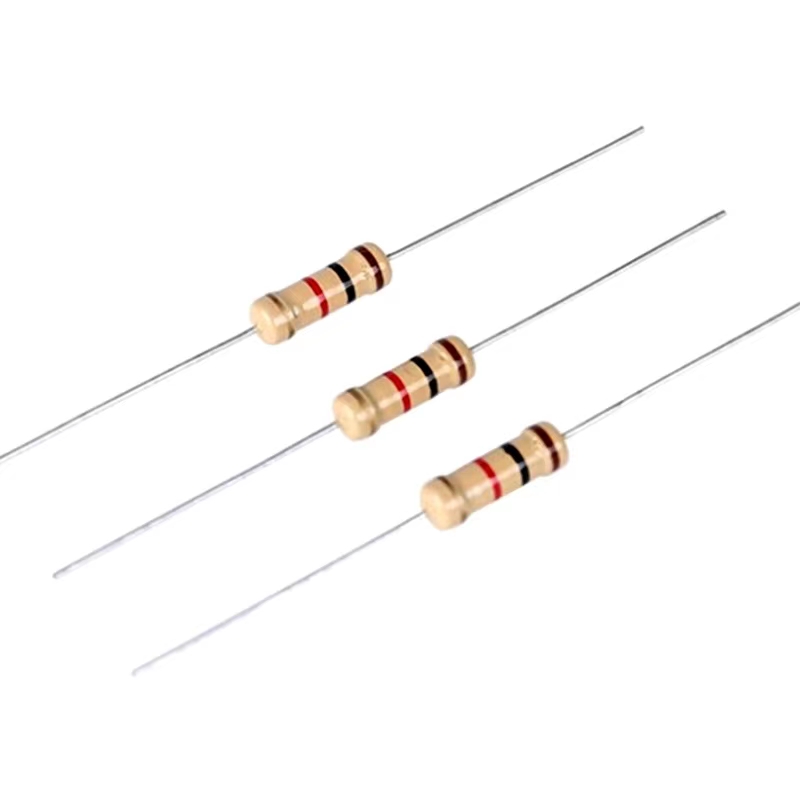What is a resistor?
Resistive impedances inhibit the flow of current, resulting in a drop in voltage (voltage drop). Resistors are widely used in electrical and electronic circuit design.
Resistors can be classified as providing fixed resistors, variable resistors, slip-wire resistors, sliding rheostat, sliding resistors, or adjustable resistors. A tunable resistor is usually a rheostat, or potentiometer. The resistance value is expressed in ohms and the symbol is Ω .
In electrical or electronic circuit design, a resistor may construct a known voltage drop or current-voltage relationship. If the current in the circuit is known (current measures amperage A), then a resistor can be used to create a known potential difference (voltage difference) that is proportional to the current. Conversely, in a circuit, if the voltage drop (potential difference) between the two nodes is known, a resistor can be used to create a known current that is proportional to the potential difference.
Attenuator (Attenuator), is composed of two or more than two resistor network resistance, also known as voltage divider.
A Line Terminator is a special package or block of resistance often used to ensure the stability of the overall circuit signal.
The image filter of the terminal resistance can eliminate the electrical noise produced by numerous cables and equipment.


评论
发表评论